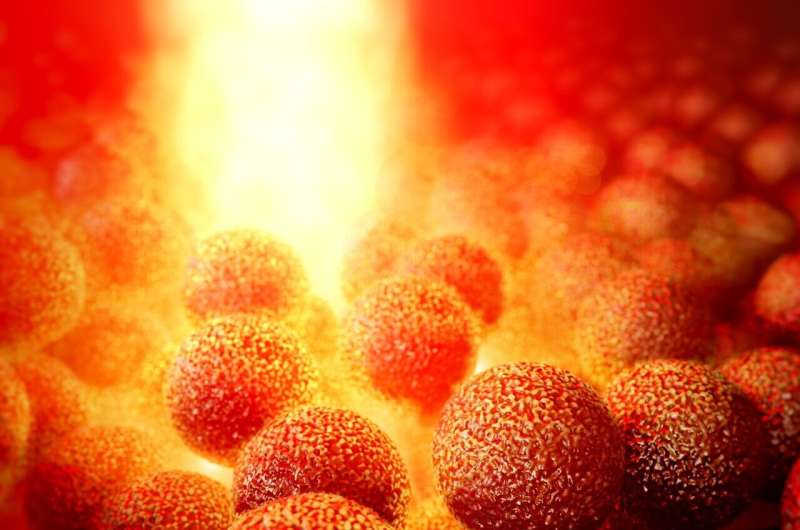Researchers at Lawrence Livermore National Laboratory (LLNL) and their academic partners have developed a novel wet chemical etching process that enhances the optical absorptivity of metal powders used in 3D printing. This breakthrough promises to improve the efficiency and quality of printed metal parts, particularly for challenging materials like copper and tungsten. The approach involves creating nanoscale surface features on metal powders, allowing for more effective energy transfer during the laser-melting process and enabling the production of high-quality printed parts with greater relative densities.

Maximizing the Potential of Metal 3D Printing
With advances in additive manufacturing (3D printing), we have the ability to produce products with novel geometries and tailored features beyond what can be accomplished with traditional manufacturing techniques. One of the outstanding challenges for laser powder-bed fusion (LPBF) metal 3D printing is the high reflectivity of some metals that makes it difficult to efficiently absorb energy during printing and may even damage printers.
This inefficiency means suboptimal print quality in many cases, and increased energy requirements overall, further limiting the use case of metal 3D printing — especially for materials that are less friendly to such waste like copper and tungsten. The team of LLNL scientists have responded to this problem by introducing a new technique in the form of a wet chemical etching process that alters the surface properties of common metal powders to help increase their absorptivity.
The Game-Changer: Nanoscale Texturing in Metal 3D Printing
Using a combination of nanoscale grooves and textures on the edges of the metal powders, the researchers have increased absorptivity by up to 70% for these powders, which are able to more effectively transfer energy during the laser-melting process. This breakthrough points to big changes in the metal 3D printing world as it could pave the way for higher quality copper and tungsten parts requiring less energy input.
According to the researchers, this is due to the simplicity and effectiveness of their wet-etching technique. They immersed metal powders in a solution crafted to remove material only from the surface of the powder, leaving intracacies at the nanoscale that can absorb laser light better than traditional powdered-metal material could. Advanced imaging capabilities were subsequently used to analyze the surface morphology of etched powders and assess the electromagnetic performance impact of such nanoscale modifications.
Advancing Sustainability and Accessibility in Metal 3D Printing
This improved absorptivity of metal powder leads to a positive impact on energy efficiency in manufacturing, which would certainly be required considering that the demand for more environmnetally-friendly and economical manufacturing processes is greater than ever before. In each case, the researchers were able to print high-purity copper and tungsten structures using less than 100 J/mm (3) for copper, and about 700 J/mm (3) for tungsten, which is a much lower energy input compared with traditional methods.
This development not only cuts down on production costs, but it also makes the manufacturing process more sustainable and environmentally responsible, opening copper 3D printing up to a much broader range of manufacturers. Not only does it allow for energy reductions in printing, but lower-energy use will also enable new clean energy and decarbonization technologies that require energy efficient copper components like heat exchangers and catalysts. By understanding the role that nanotexturing plays in metal powder mixing, the LLNL team is working to push even more boundaries in what 3D-printed metals can do.
